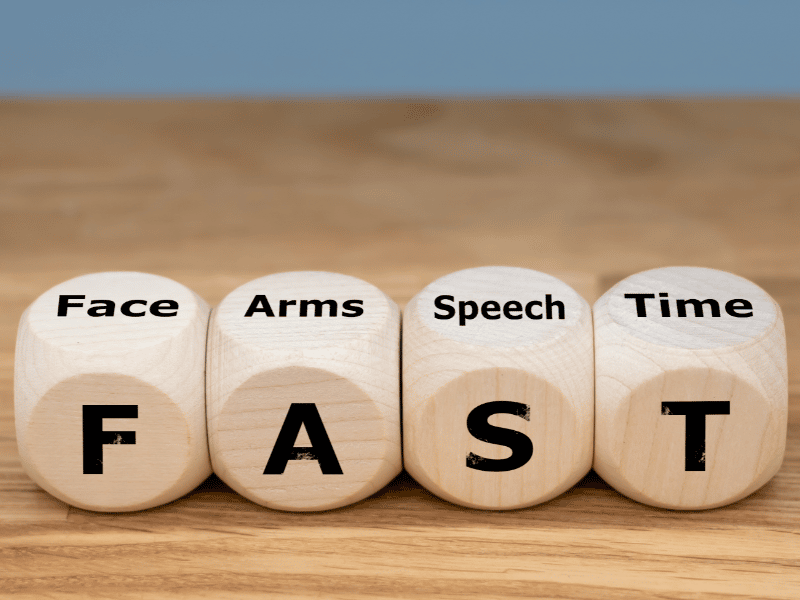The onset of a stroke is usually asymptomatic. But after a few minutes, the brain cells, deprived of nutrition, begin to die, and the consequences of a stroke become noticeable.
The first stroke symptoms a person might notice:
- Sudden weakness in arms and/or legs;
- Sudden numbness in arms and/or legs;
- Sudden speech impairment (slurring, confusion, difficulty understanding);
- Sudden loss of balance, lack of coordination, dizziness, fainting;
- Sudden acute headache;
- Sudden numbness in top/bottom lip or half of the face;
- Sudden change in blood pressure.
Stroke in women, the signs of which may be unconventional, often make it difficult to diagnose the disease early, which significantly delays medical care.
Additional Stroke Symptoms in Women:
- gradually increasing headache;
- weakness;
- vomiting;
- pupils of different sizes;
- frequent noisy breathing;
- sudden loss of vision;
- lack of coordination;
- decreased sensitivity;
Stroke that occurs in women after their 50-60s is can be different in the 30-45 age group. Women over 70 tend to have more aggressive strokes with major brain tissue damage.
Young women tend to experience non-specific stroke symptoms.

Acting F.A.S.T.
F.A.S.T is an acronym that stands for Facial drooping, Arm weakness, Speech difficulties and Time to call emergency services. Let’s break it down, so you know what to look for when using the FAST stroke symptoms acronym.
FACE.
Is it drooping? Ask them to smile. If the person is having a stroke, the smile will be crooked.
ARMS.
Can they raise both? Ask a person to put their hands up. If one arm is unable to rise or is drifting downward, it’s a sign of stroke.
SPEECH.
Is it slurred or jumbled? Ask them to say a simple sentence. If they stammer, speak slowly, or sound drunk, it’s a symptom.
TIME.
Time to call emergency services right away.
